The research group supervised by Prof. Zhun Wei and Prof. Wen-Yan Yin published a paper in Nature Communications titled ‘Frequency transfer and inverse design for metasurface under multi-physics coupling by Euler latent dynamic and data-analytical regularizations’.
With the decreasing sizes and increasing power of electronic devices, multi-physics coupling (e.g., electromagnetic (EM)-thermal effects) poses significant challenges to metasurface design and performance evaluation (Fig. 6). Traditional approaches relying on costly full-wave simulations and experimental validation struggle to cover broad frequency bands and high-dimensional design spaces. While artificial intelligence (AI) techniques, such as DeepONet and generative adversarial networks (GANs), have shown promise in single-physics modeling in recent years, they still face bottlenecks in multi-physics coupling and frequency extrapolation scenarios due to limited data availability and poor generalization capabilities.
Recently, the research teams led by Prof. Zhun Wei and Prof. Wen-Yan Yin at the College of Information Science and Electronic Engineering, Zhejiang University, proposed a multi-physics deep learning framework (MDLF) consisting of a multi-fidelity DeepONet, a Euler latent dynamic network, and a data-analytical inversion network (Fig. 1). MDLF is successfully generalized to unseen frequency bands for both parametric and free-form metasurface by dynamically utilizing a Euler latent space and single-physics information. The study establishes a novel paradigm for intelligent modeling of complex EM-thermal coupled systems and the development of functional devices (Nat. Commun. 16, 2251 (2025)).
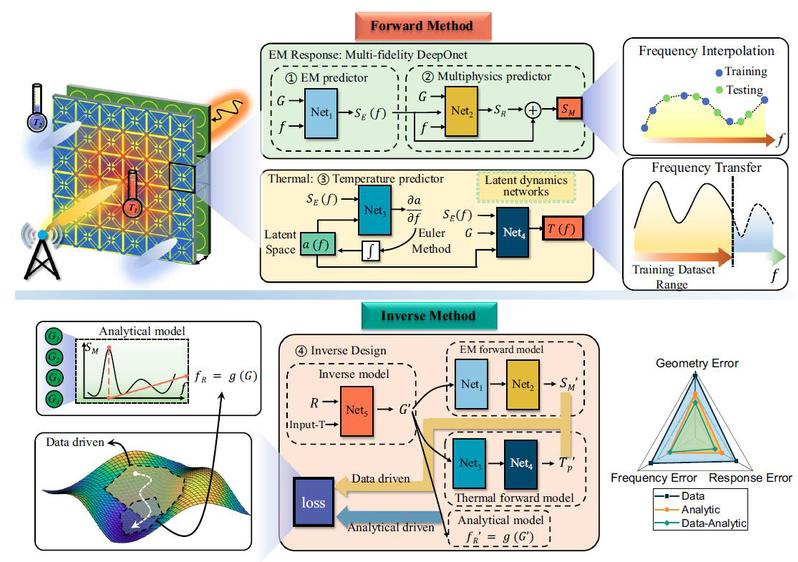
Fig. 1. Procedure of the Proposed Multi-Physics Deep Learning Framework (MDLF)
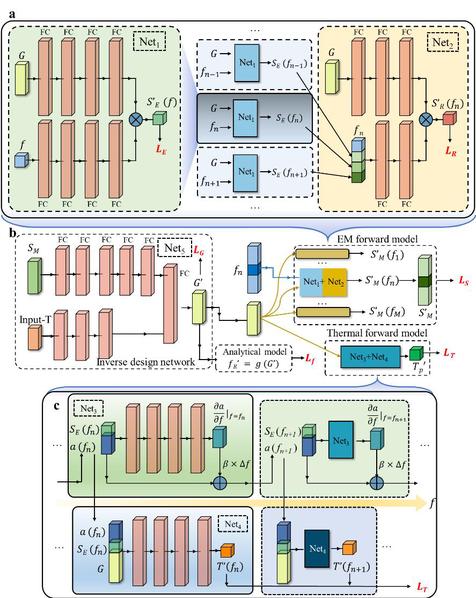
Fig. 2. Network Architecture
In this study, a multi-fidelity DeepONet (Fig. 1) was developed, which significantly reduces training data requirements by integrating low-fidelity (single-EM simulation) and high-fidelity (multi-physics simulation) datasets. Through a cascaded architecture of low- and high-fidelity networks, the framework achieves continuous modeling of EM responses (Fig. 3).
For frequency transfer, a latent-dynamic network based on a Euler method (Fig. 2) was proposed, enabling frequency-extrapolated predictions under multi-physics coupling via implicit updates of frequency sequences. The latent states allow non-local information propagation across frequency domains, while the proposed architecture shares trainable parameters across frequency points and geometric parameters, enhancing the generalizability of neural network. In temperature predictions for untrained frequency bands (10.2–14 GHz), this method performs better than traditional DNN and supports the modeling from parameterized structures to high-dimensional free-form meta-atoms (Fig. 3).
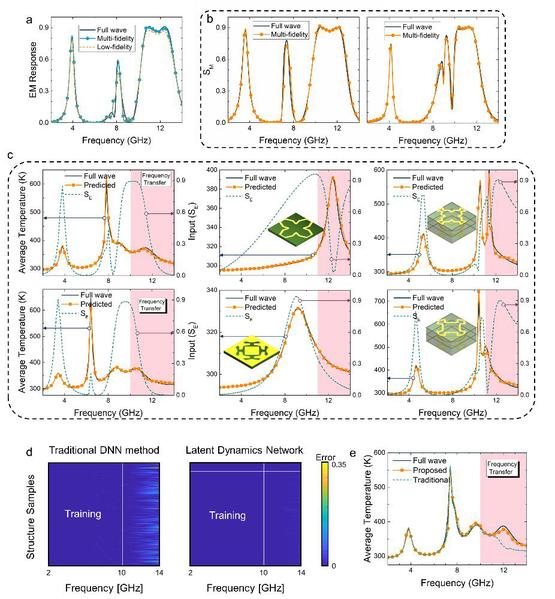
Fig. 3. Numerical Results of the Proposed Framework: Temperature Prediction by Frequency Transfer
In the inverse method, hybrid data-analytical driven regularizations were introduced. By integrating the constraints by forward physics model with analytical model, the non-uniqueness problems in multi-objective optimization are alleviated. In numerical testing, the hybrid regularization framework demonstrates higher accuracy in EM response and resonant frequency prediction (Fig. 4). In experimental validations, the inversely designed prototype exhibits stable EM-thermal performance in waveguide testing, where the temperature-constrained design (Option 2) successfully reduces the maximum temperature rise by approximately 15.6 K compared to the unconstrained design (Option 1) (Fig. 5). In this way, by incorporating thermal constraint, co-optimization of electromagnetic performance and thermal management is achieved, validating the framework’s robustness in real-world scenarios.
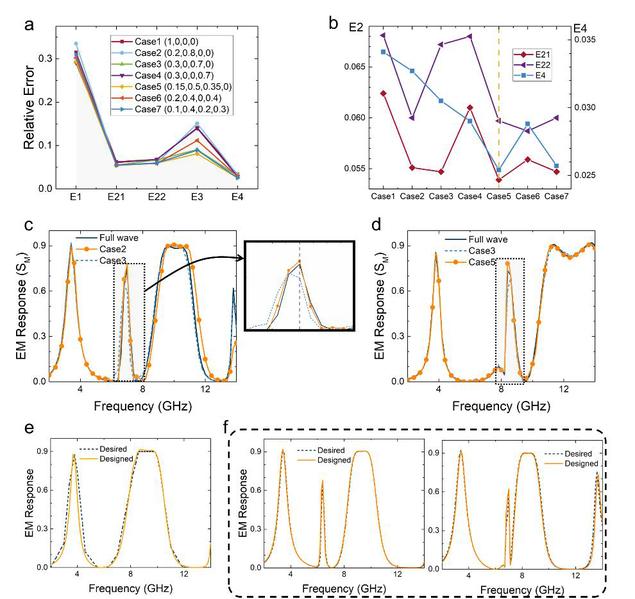
Fig. 4. Results by Data-Analytical Driven Hybrid Regularization
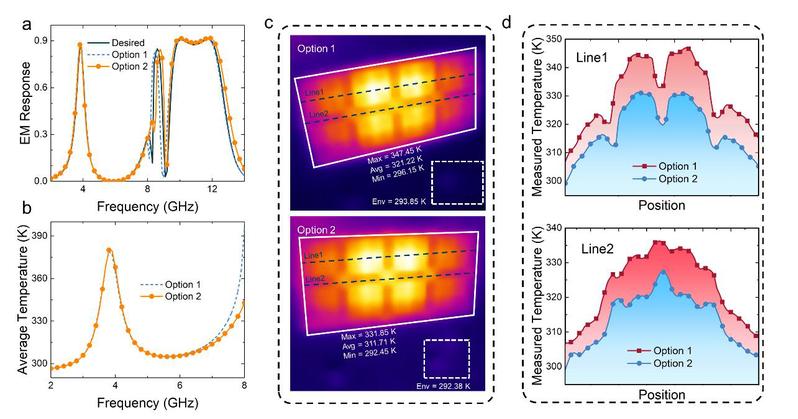
Fig. 5. The Comparison of the EM-Thermal Stability of the Samples by Inverse Method

Fig. 6. The Electromagnetic-Thermal Coupling Effect of the Metasurface Measured Within the Waveguide
The core innovation of this study lies in the deep integration of dynamic latent-space modeling with multi-physics coupling, establishing a scalable framework for metasurface design. Furthermore, this methodology can be extended to multi-objective optimization of microwave, optical, and acoustic devices, providing theoretical foundations for functionally integrated systems in 5G/6G communications, high-power radar, and related fields.
The related work was published in Nature Communications in March 2025. Dr. Enze Zhu from Zhejiang University is the first author, with Prof. Zhun Wei and Prof. Wen-Yan Yin serving as co-corresponding authors. Additionally, Ph.D. students Zheng Zong, Erji Li, and Jingwei Zhang, Master's student Yang Lu, Prof. Ying Li, and Prof. Xie Hao also made significant contributions to this work.
The research was supported by the National Key R&D Program of China, the National Natural Science Foundation of China, and Zhejiang Provincial Natural Science Foundation of China.
